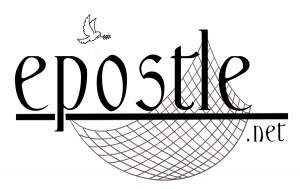Service, the Last Stop
Armodoxy for Today: Service
We started this journey at the direction of the Church almost 50 days ago. Advent, meaning coming. We have prepared ourselves for the coming of Christ – the Nativity, or in more distinct terms, the Theophany. Preparation has been emotional, spiritual and even physical with the scriptural passages and the exercises prescribed to us by the Church.
The last stop on the Advent Journey is the passage that comes to us from the Gospel of St. Luke and is read during the last Sunday worship before Theophany. It reads as follows:
Now there was also a dispute among [the Disciples], as to which of them should be considered the greatest. And He said to them, “The kings of the Gentiles exercise lordship over them, and those who exercise authority over them are called ‘benefactors.’ But not so among you; on the contrary, he who is greatest among you, let him be as the younger, and he who governs as he who serves. For who is greater, he who sits at the table, or he who serves? Is it not he who sits at the table? Yet I am among you as the One who serves.” (22:24-28)
This is the “last station stop,” so to speak, before the celebration of the Theophany. Having learned the lessons of the last six weeks, today we move on to service. Jesus tells us, in no uncertain terms, that he comes to us to serve and sets himself as an example for all of us to do the same: to serve one another. During his last supper with his disciples, he further demonstrates the message of service by washing the feet of the disciples (see John 13).
We find this as the last station stop because in order to serve you must first be spiritually and emotionally ready. This means you must be rid of egotism that will restrict or forbid you from serving others. Christian service is selfless, in other words, it demands that the self be put on hold while you tend to the needs of others. Without the training of the last six weeks, service would be extremely difficult because emotionally you were not at the spot to cast aside selfish pleasures to be able to help someone else. Service comes from an empathetic heart. Empathy is the result of understanding the pain of others, or walking in their shoes.
The path of Armodoxy is simple and interconnected. Today you are one step closer to the great news that Christ is in our Midst. Tomorrow, Theophany will be explained.
Let us pray, O Lord, Jesus Christ, you have given us an example of loving and serving. May we be worthy to be called your Living Body, the Church by loving and caring for others. Allow me to see the hurting world and the pain of people, and answer with my ability to serve others. Give me the strength and courage to express my love to all. Amen.


